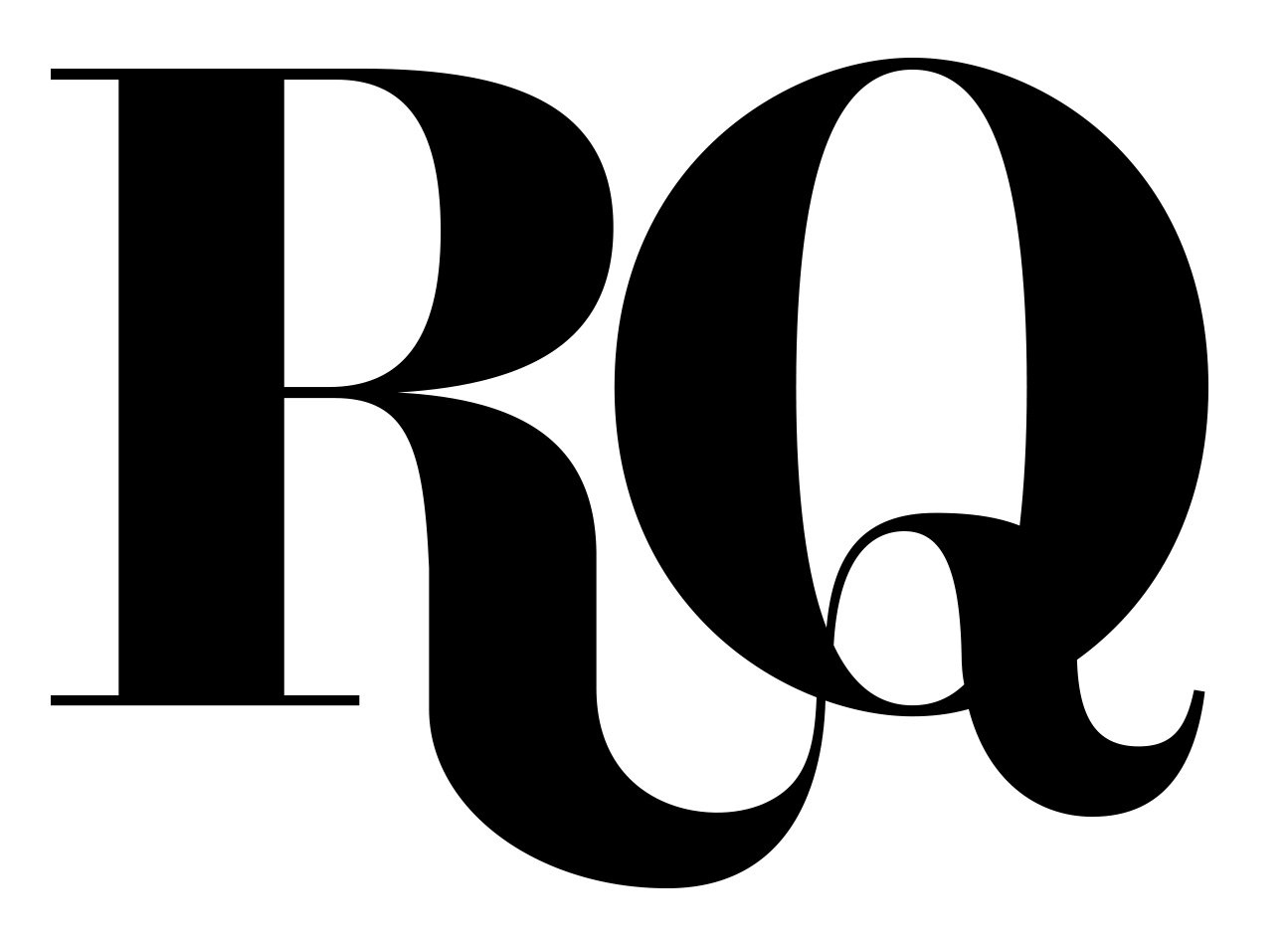DESTINATIONS // A RUST BELT TOUR
PHOTOGRAPHY BY JEREMY BLAKESLEE
Riding Our Historic Rails on the Capitol Limited
by Lauren Earline Leonard
EXCERPT //
A map of Pennsylvania drawn by John Thomson in 1809 shows a commercial “tramroad” as imagined by Thomas Leiper, a wealthy Philadelphian and friend of Thomas Jefferson. The map was used to instruct Reading Howell how to build the first iteration of a railroad in the United States. Gridley Bryant and Solomon Willard added horsepower to the tramroad in 1826 to haul granite from Quincy to the Neponset River for construction of the Bunker Hill Monument. Further south that same year, John Stevens’ locomotive demonstration in Hoboken, New Jersey, proved that steam-powered boat technology could be adapted to land.
Founded in 1833, the Philadelphia and Reading Railway Company (P&R, or, more commonly, Reading Railroad) ran along the Schuylkill River between Philadelphia and Reading, Pennsylvania. Constructed to transport anthracite coal, the line would in 1871 make the Reading Company the largest company in the world. Reading’s coal empire (or monopoly…) expanded into New York, Delaware, and New Jersey before being quashed by rival rail titan J.P. Morgan. Reading gave Philadelphia the architectural gem of the Reading Terminal Market and established the neighborhood of Port Richmond. (Reading merged operations with Conrail in 1976. Conrail was subsequently divided between Norfolk Southern Railway and CSX Transportation.)
The passenger rail system as most of us know it, Amtrak, was created in 1970 with the signing of the Rail Passenger Service Act, which merged 20 private railroad companies into the National Railroad Passenger Corporation, or Amtrak, creating unified oversight of intercity passenger rail travel. Amtrak’s first train traveled from New York City to Philadelphia on May 1, 1971. With a mission to “provide efficient and effective intercity passenger rail mobility consisting of high-quality service that is trip-time competitive with other intercity travel options,” Amtrak today operates on 21,400 miles of rail serving 500 destinations in 46 states and Washington, D.C., as well as Toronto, Montreal, and Vancouver, Canada. Included in its offerings, the Capitol Limited, which runs along part of the American Rust Belt.
For full text and images, consider reading RQ in print, on a Sunday afternoon, sun streaming through your window, coffee in hand, and nary a phone alert within sight or in earshot… just fine words, fine design, and the opportunity to make a stitch in time. // Subscribe or buy a single issue today. // Print is dead. Long live print. //

